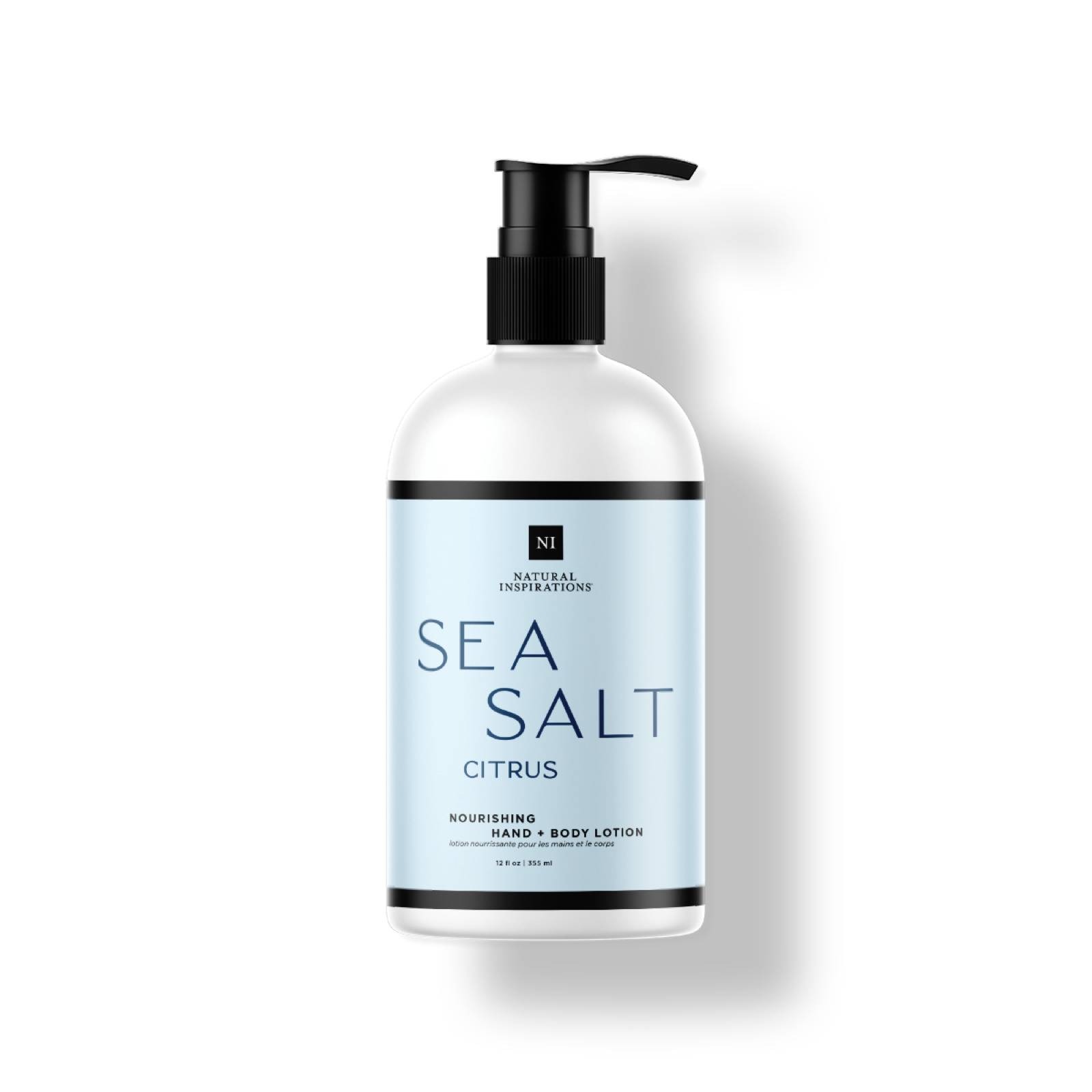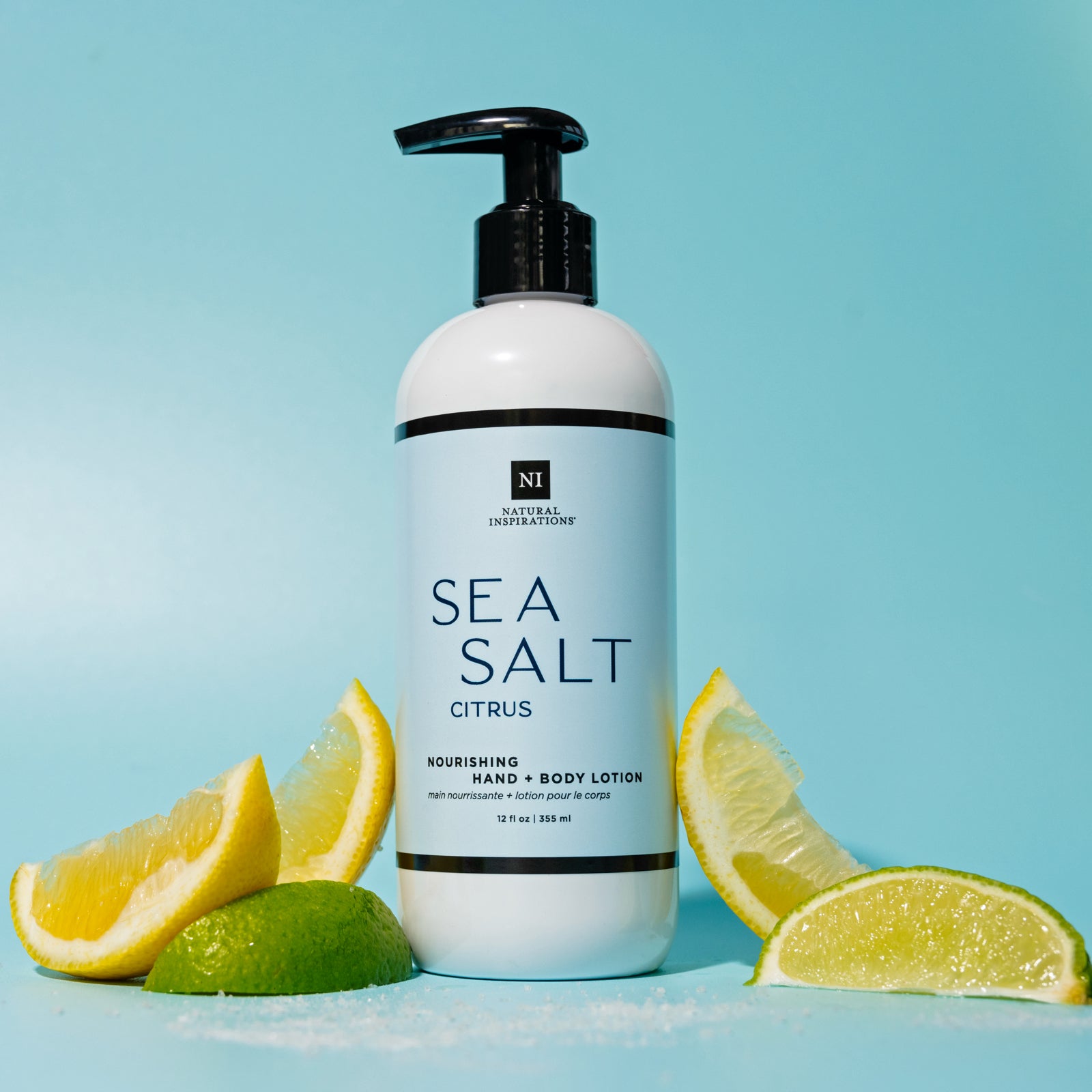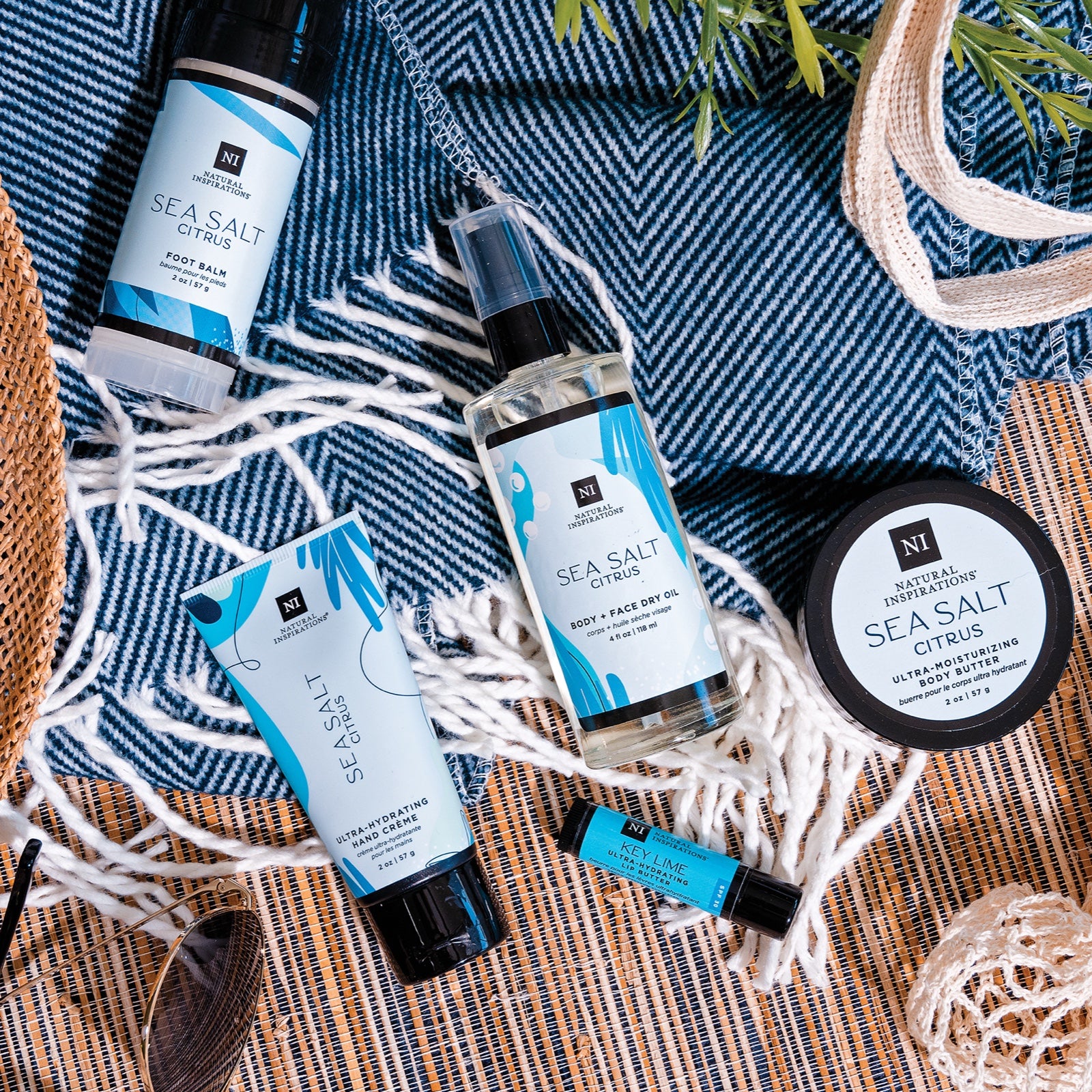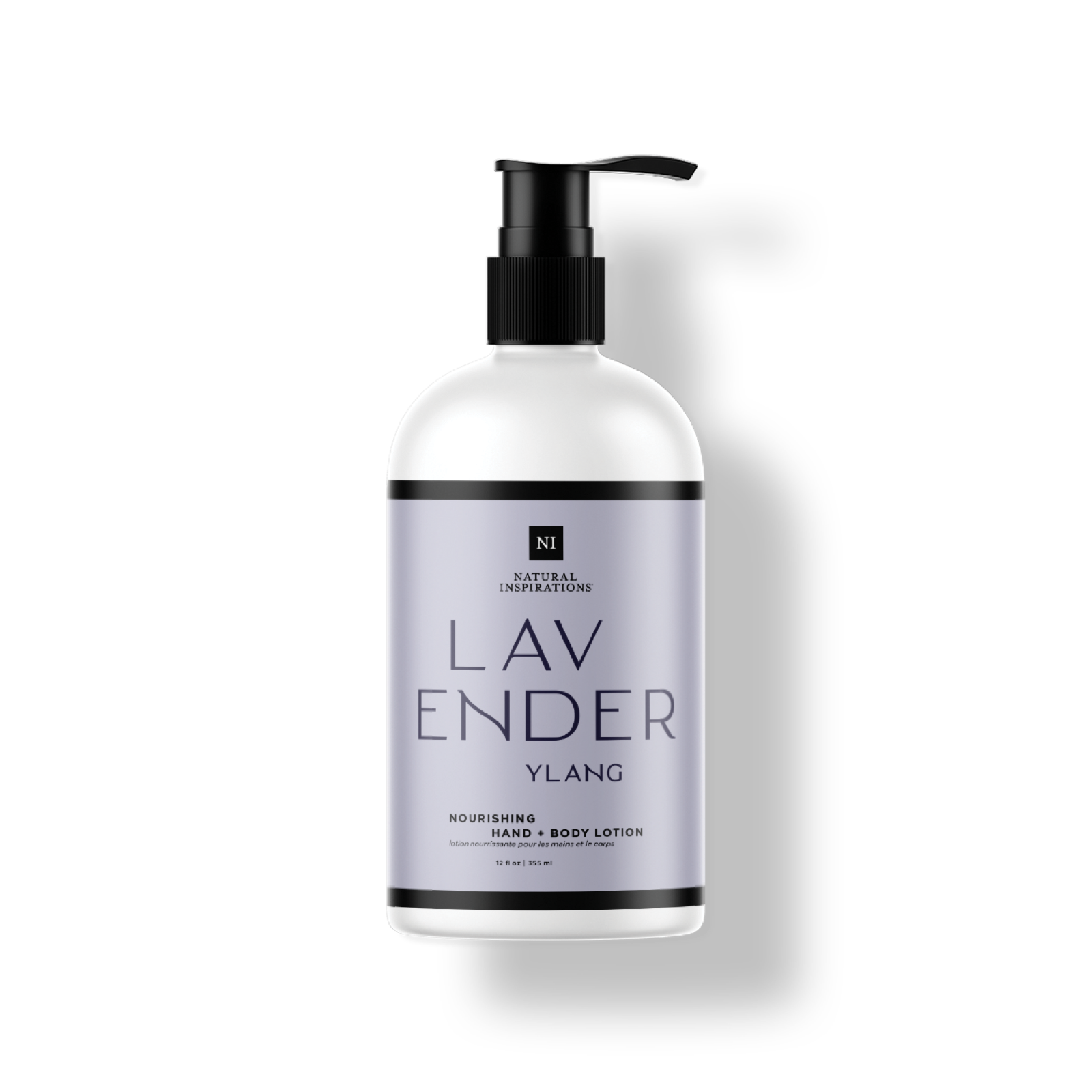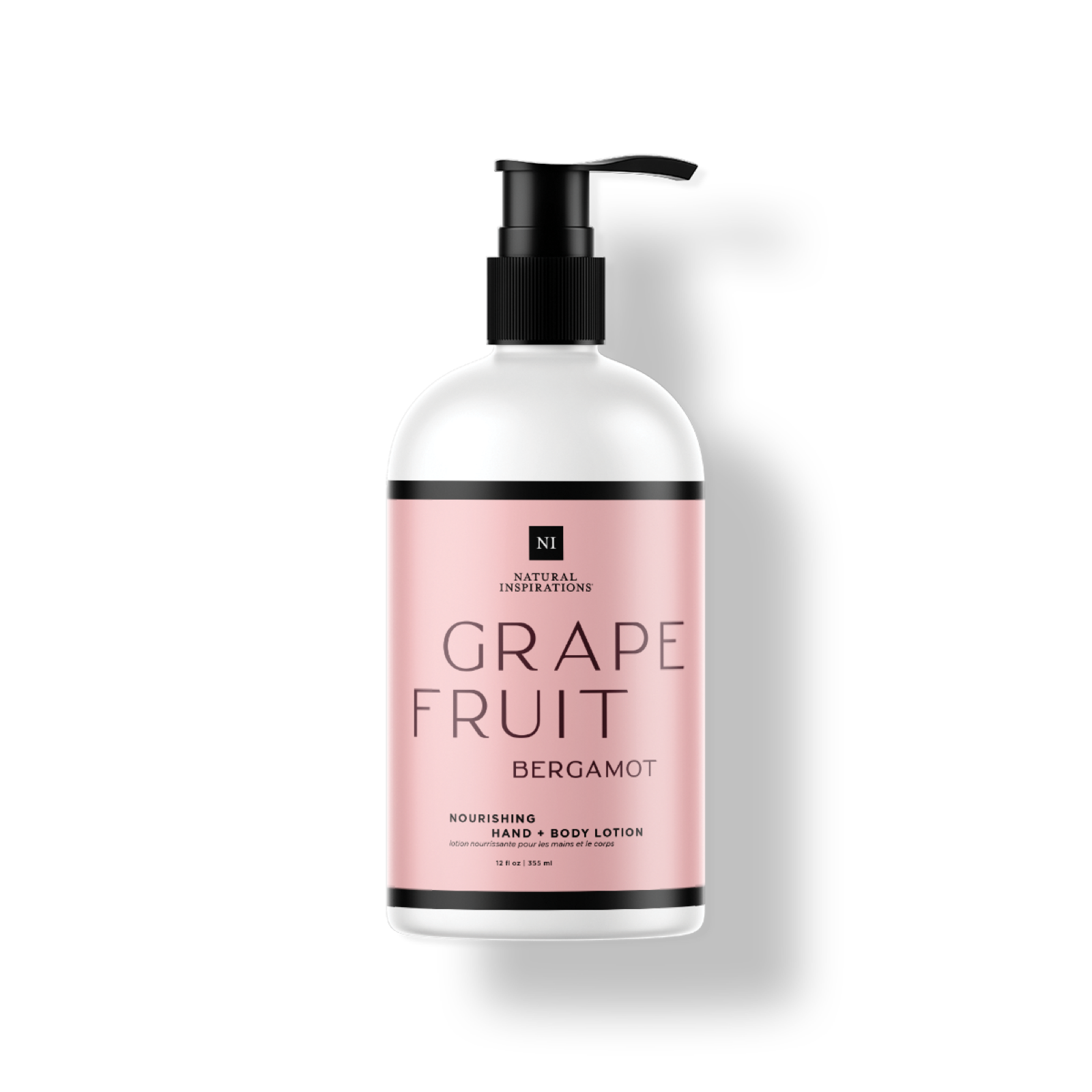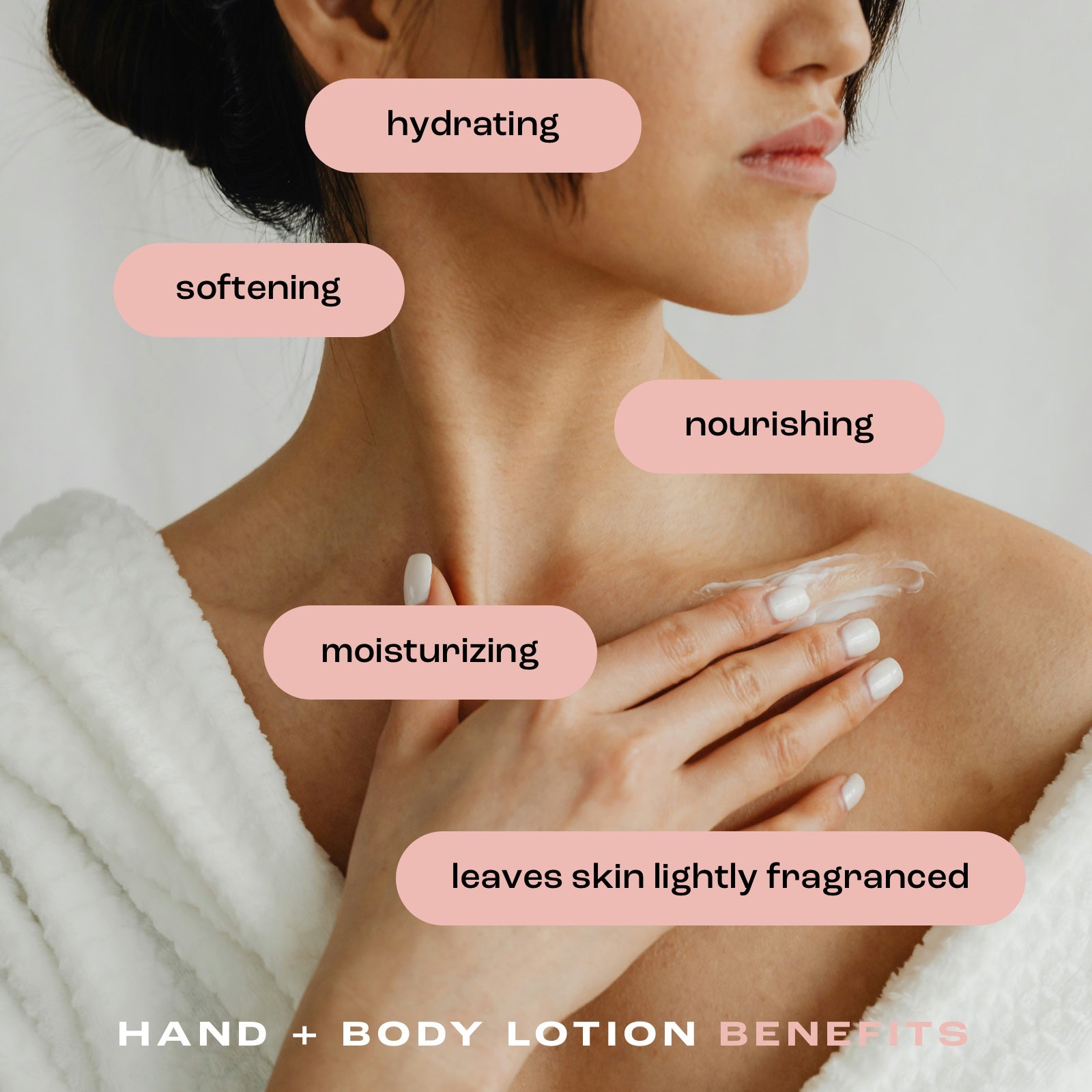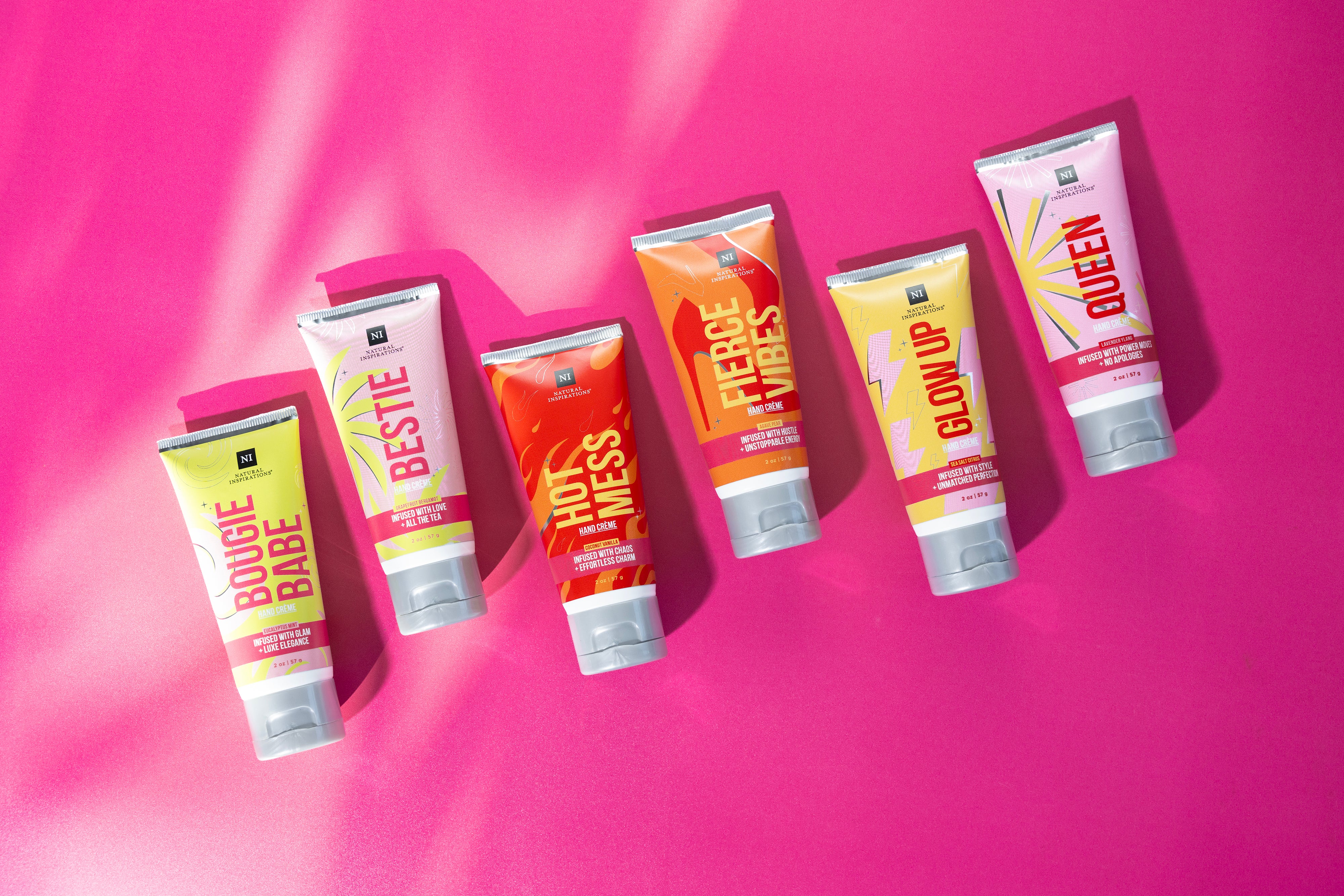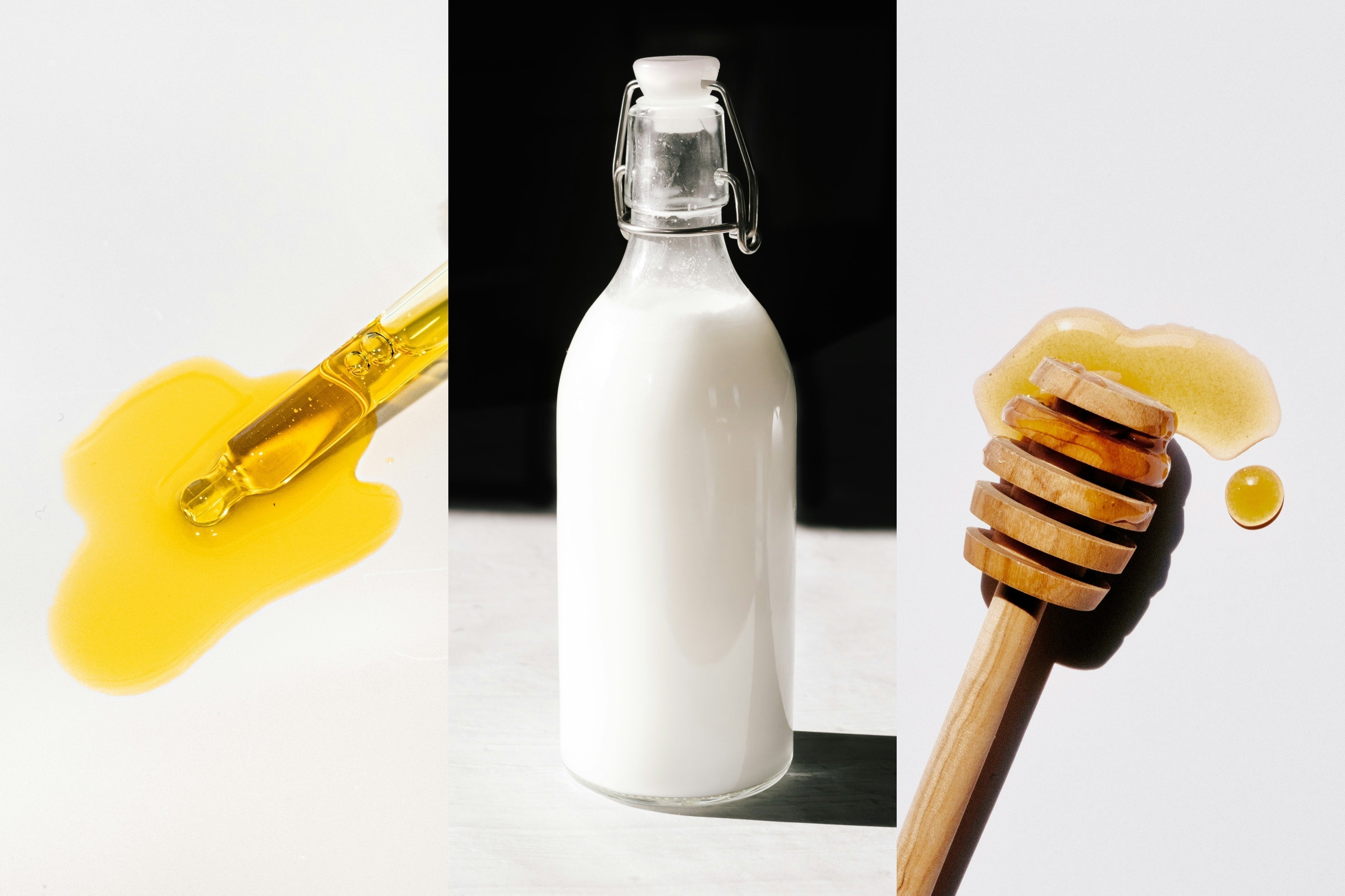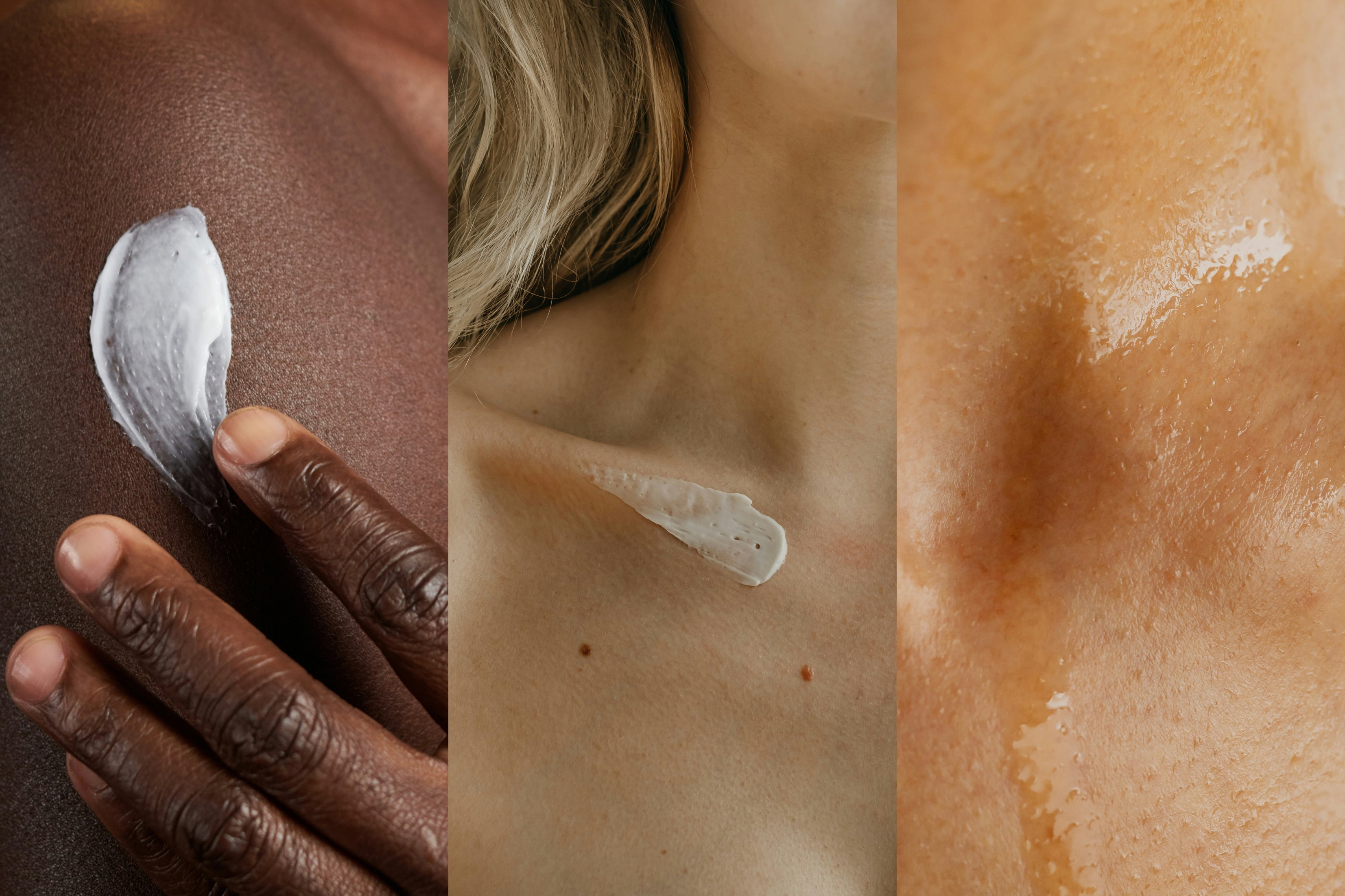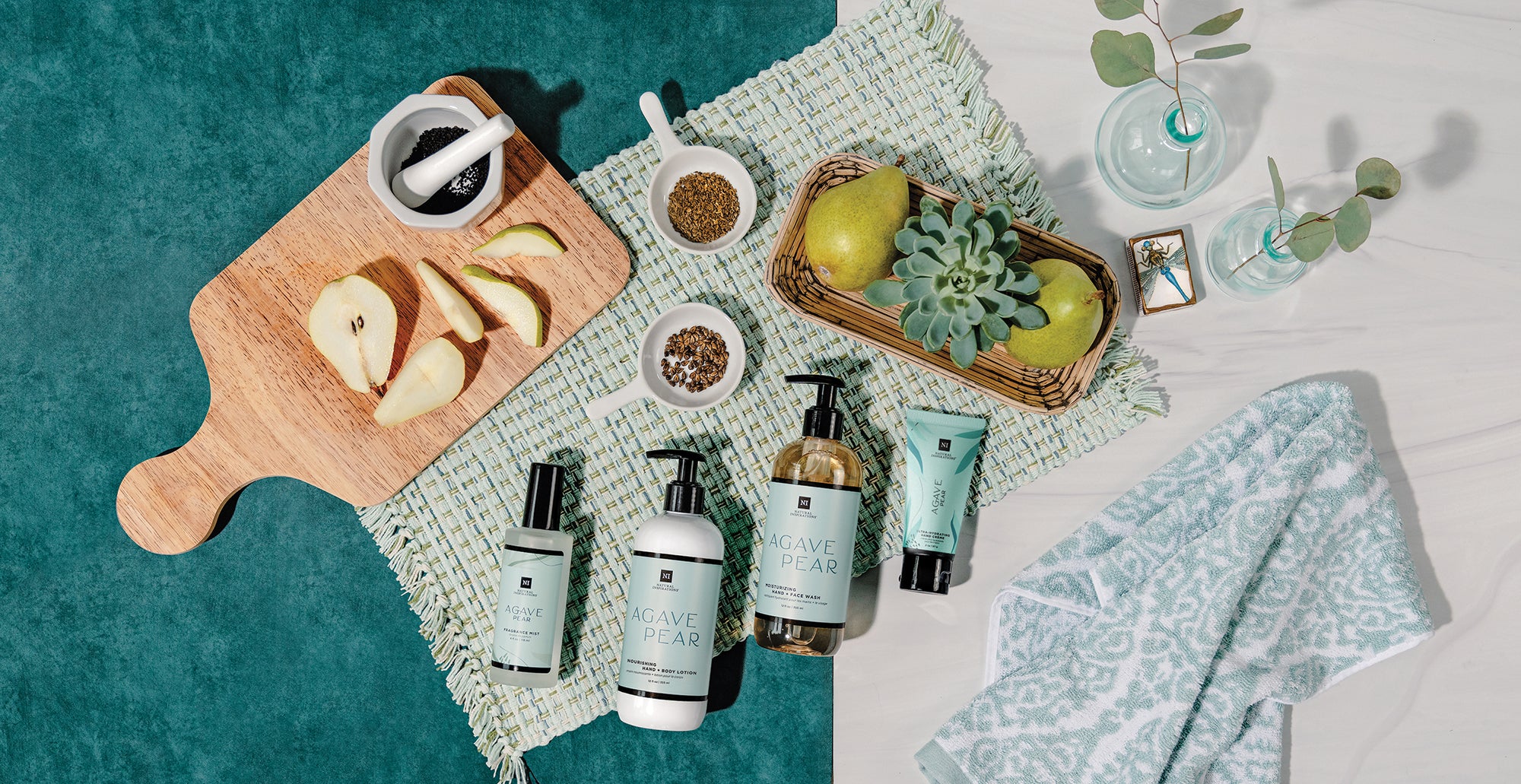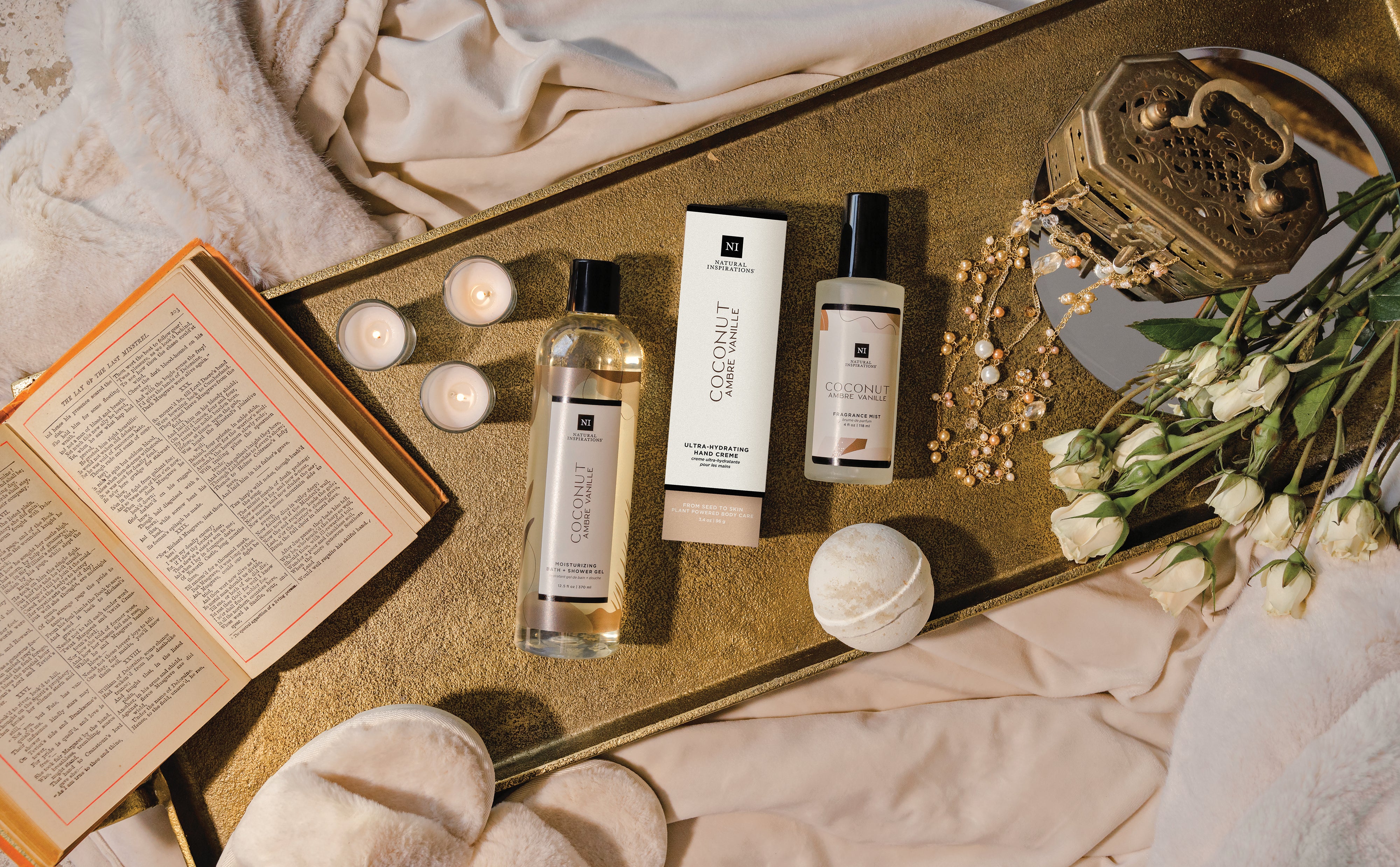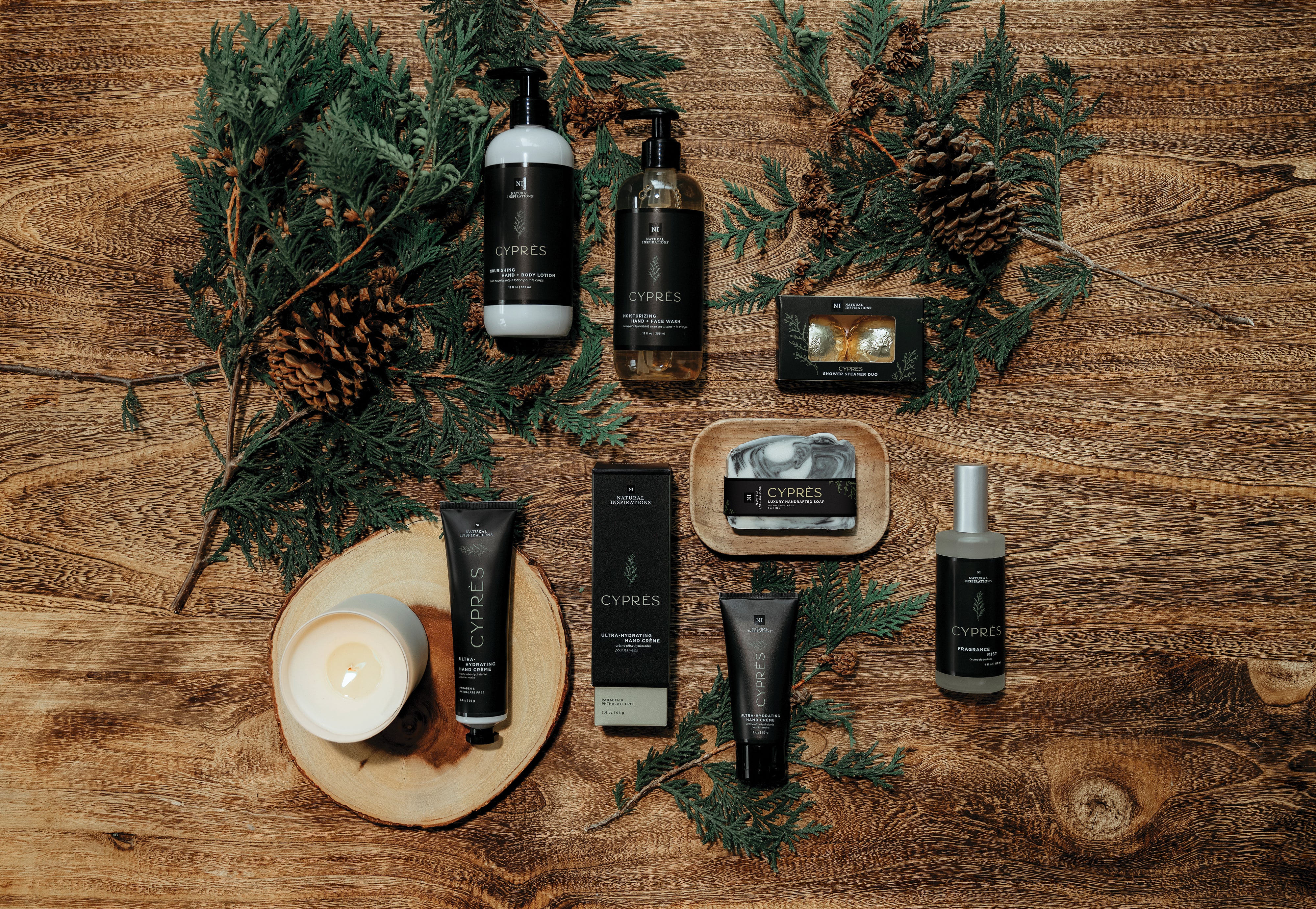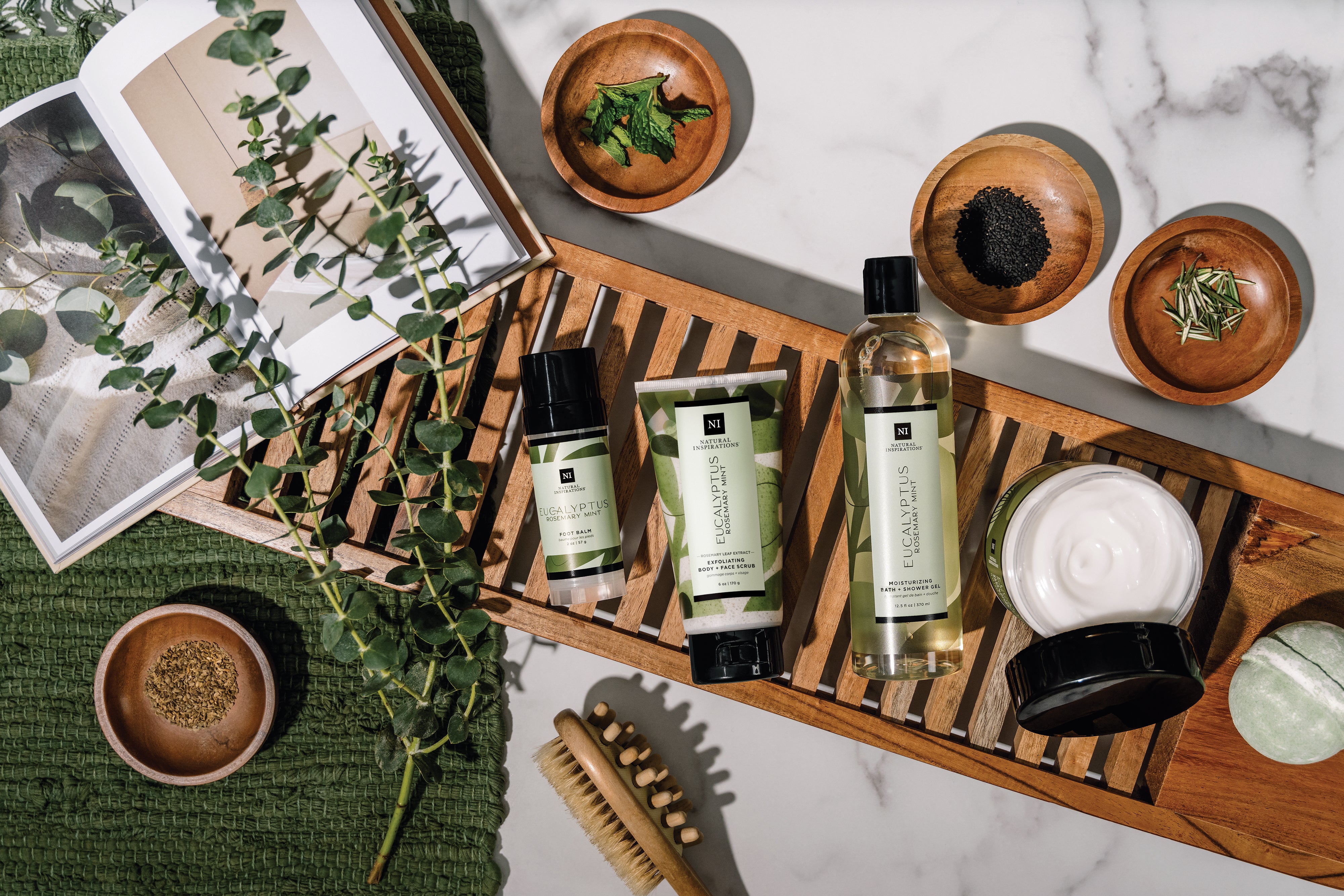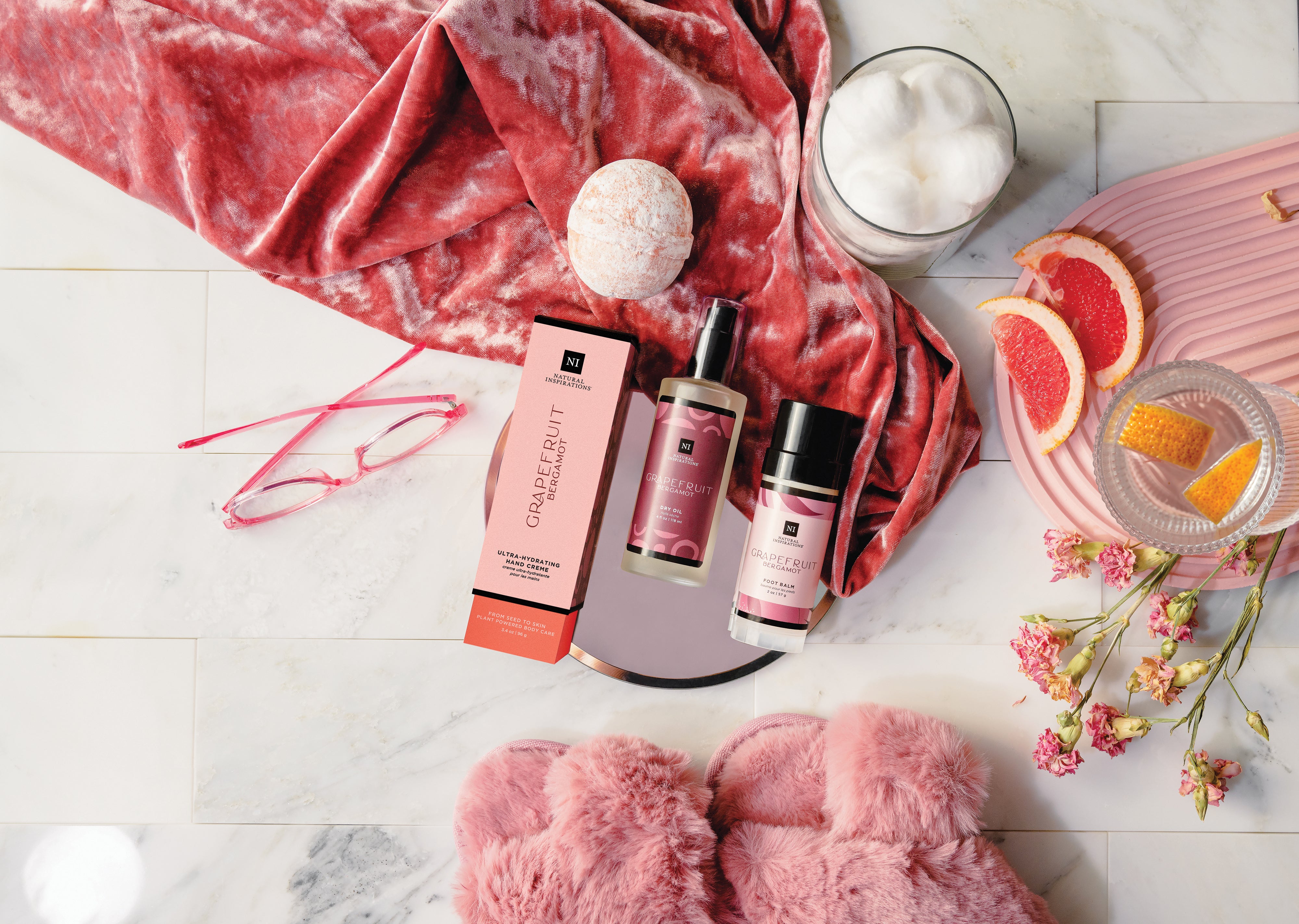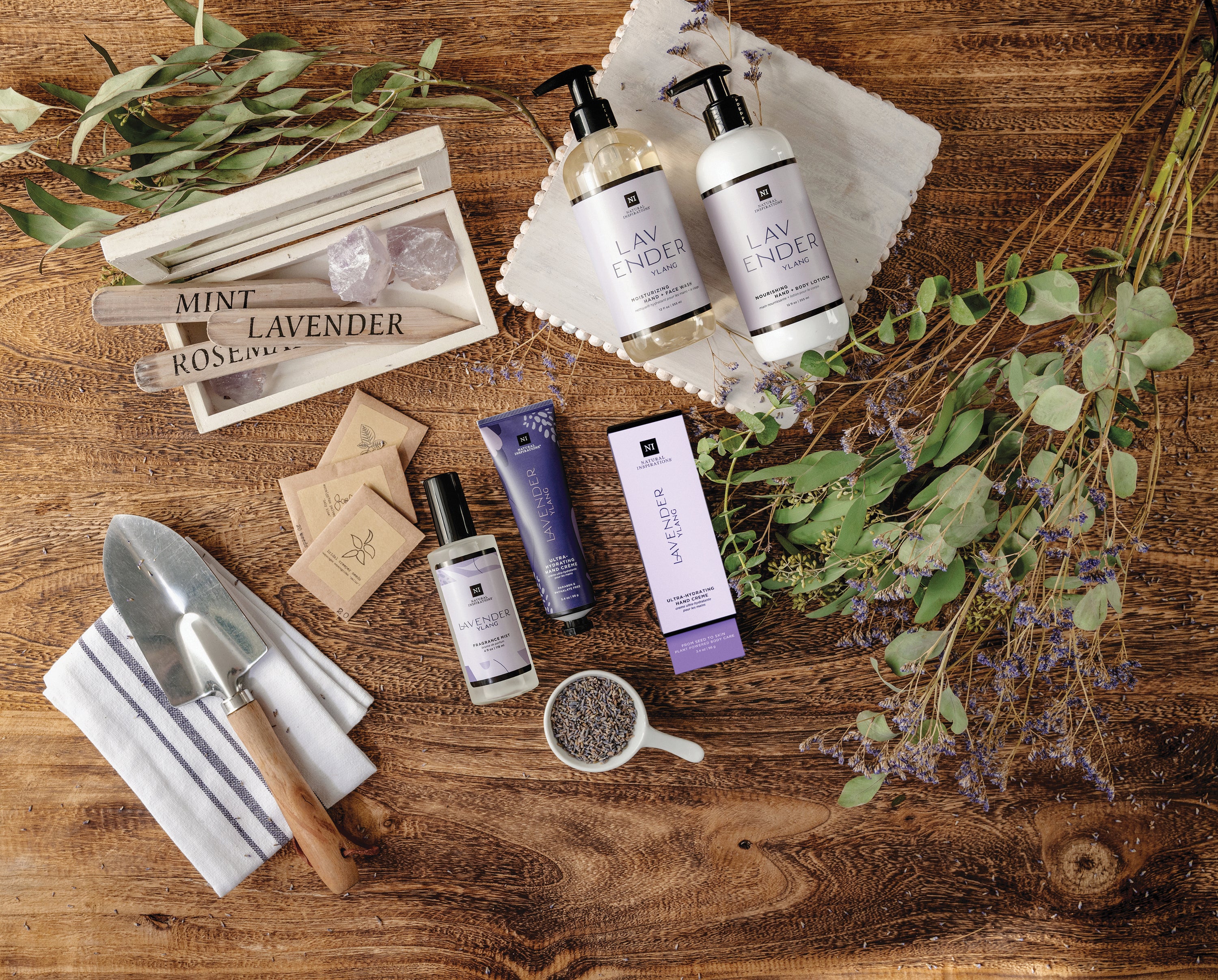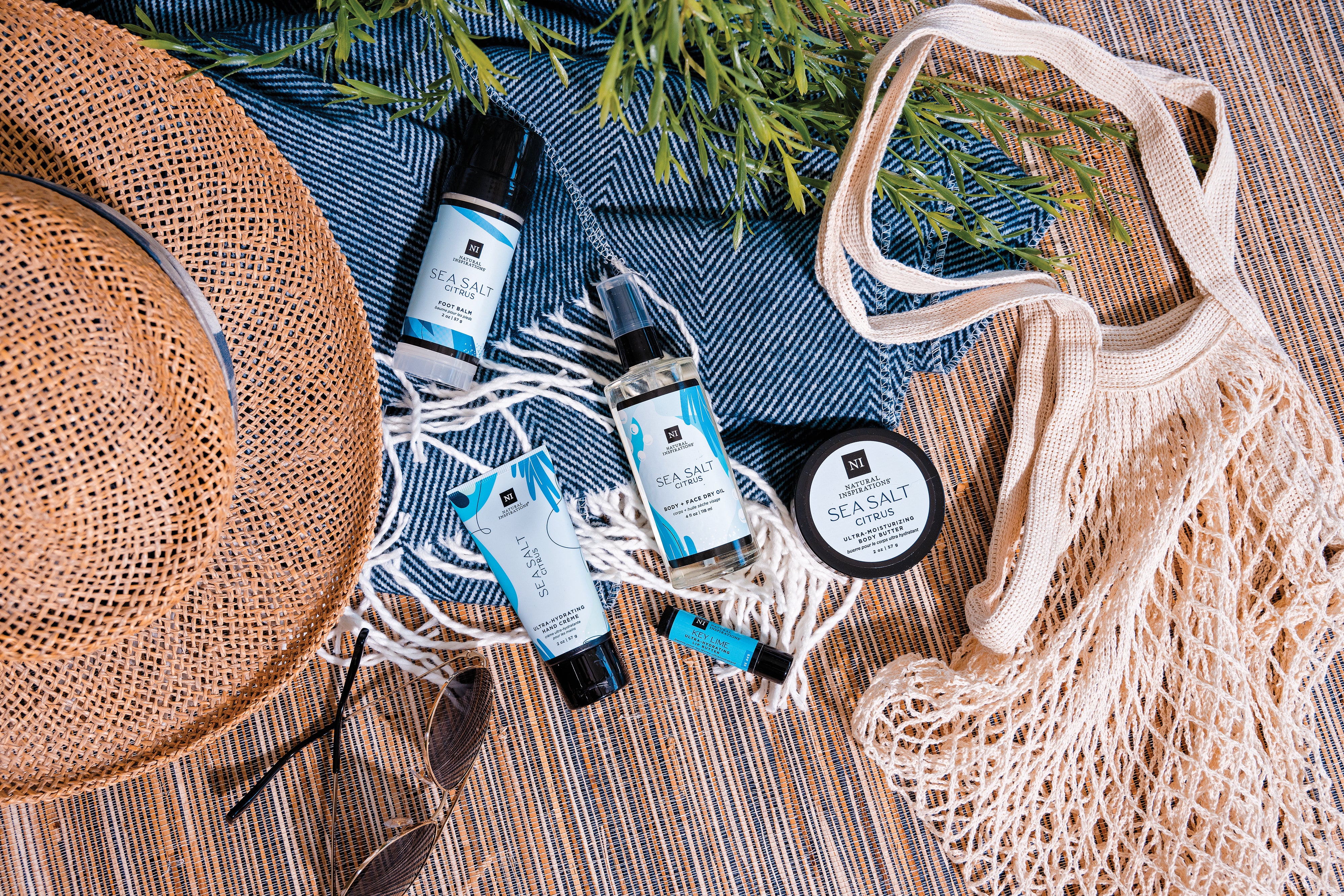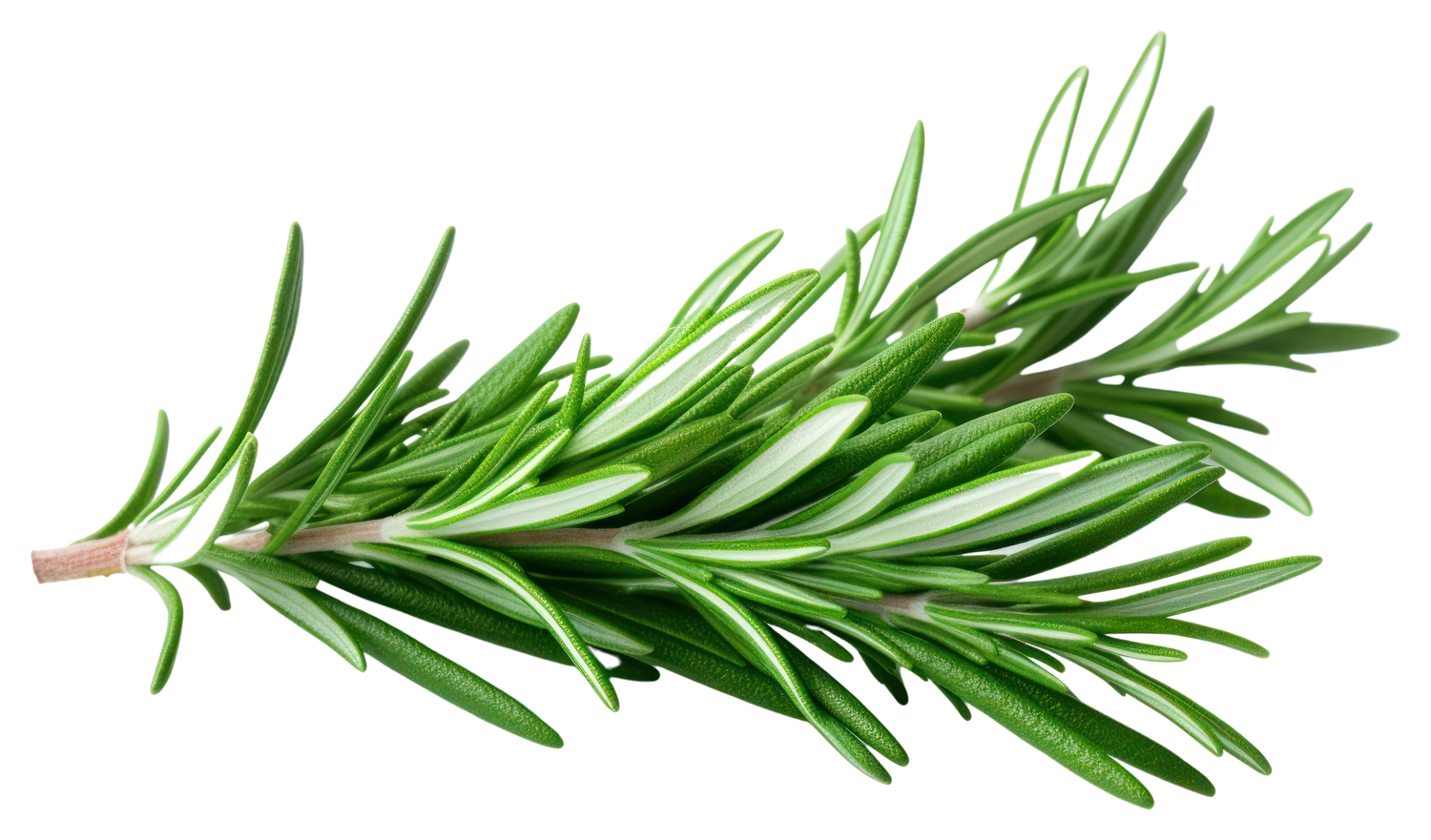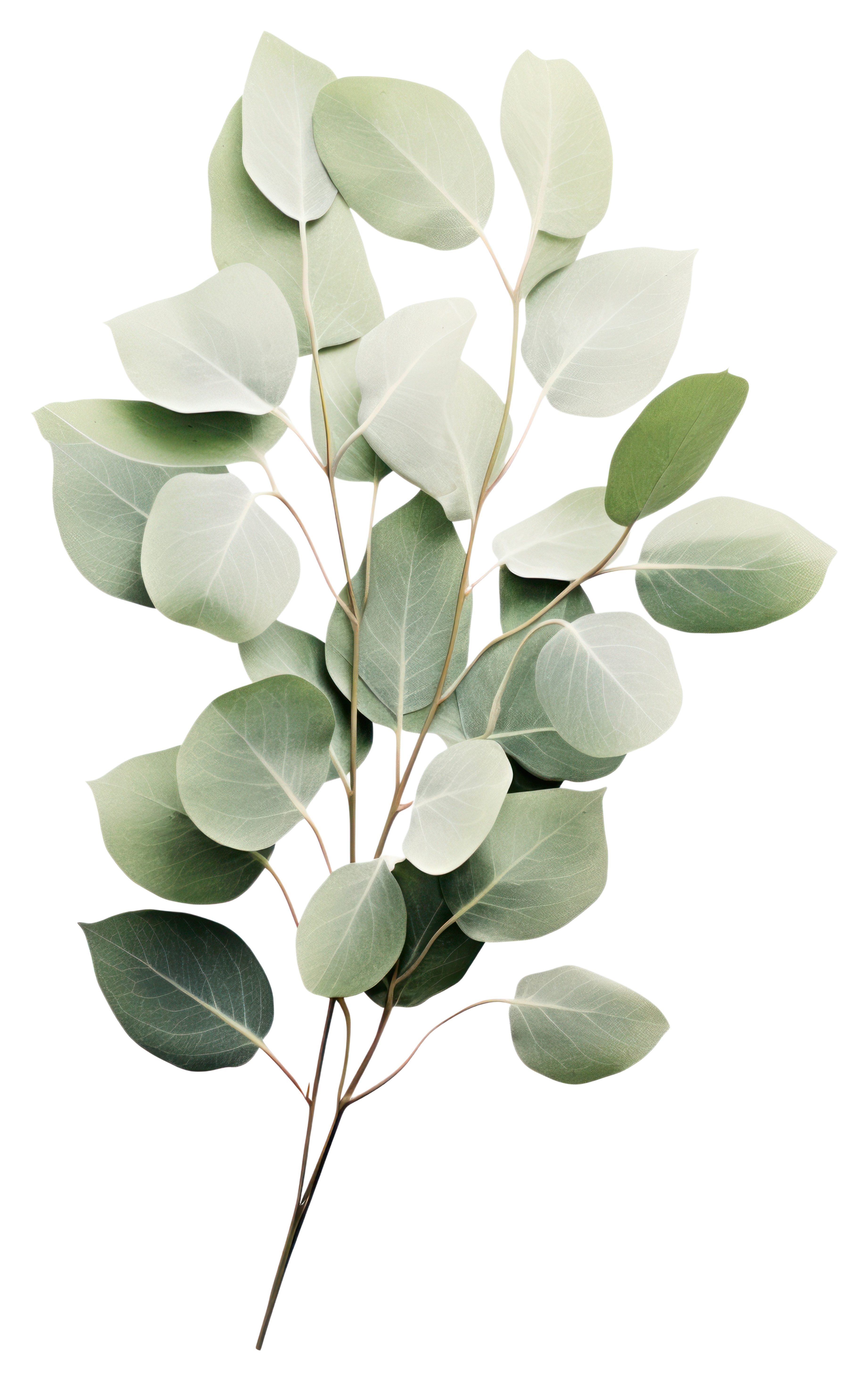INGREDIENT GLOSSARY
The use of natural and organic personal care products is increasing dramatically. People have become more knowledgeable and concerned about the effect of chemicals on their bodies and are turning to more natural alternatives. Properly formulated natural personal care products are not only good for you but can actually be more effective.
At Natural Inspirations we believe nature creates the best ingredients. We're proud of the ingredients in our products and list them on every label and on our website for complete transparency -- we want you to know what you're putting on your body. We have combined natural ingredients in superior formulations that are nourishing and effective to make you look good and feel good. Our goal is to provide you with luxurious body care products that are healthy, pure and natural.
We hope this glossary of common ingredients and definitions will provide a quick reference for the ingredients in our products. Also please remember that the whole is greater than the sum of the parts. It is the combined formulations that maximizes each individual ingredient’s natural benefits and makes them so effective.
COMMON TERMS
Substances that help prevent the formation of free radicals, which can cause signs of aging in skin. Antioxidants protect tissue against cellular damage by stabilizing free oxygen molecules.
Practice of using the aromas of essential oils + natural extracts to promote a sense of well-being.
Chelating agents are ingredients that bind with metal ions or metallic compounds, preventing contamination or discoloration. They improve the efficacy of preservatives & antioxidants & play a crucial role in the stability & efficacy of personal skin care products.
Ingredients that soften and smooth the skin & reduce dryness, roughness & irritation – they are designed to make the external layers of the skin softer & more pliable. They increase the skin's hydration by reducing evaporation.
An emulsifier is used whenever you want to mix two components & keep them from separating. Emulsifiers enable oils to be dispersed throughout a water base to form a cream or lotion that does not separate.
This is a system in which two liquids that would not normally mix together are held in suspension by a small amount of an emulsifier.
An exfoliant is used to slough away dead skin cells that have accumulated on the surface of your skin in order to maintain youthful, healthy-looking skin that glows & remains free of blemishes. Dead skin cells, left on the surface of the skin, slow down healthy cell renewal & increase the depth of wrinkles.
A blend of essential oils, extracts and synthetics added to a product to deliver an aroma. We use a combination of natural essential oils from flowers & herbs, safe ingredients sourced at the level of personal care, & some safe synthetics to ensure consistent performance and a luxurious experience. Our fragrances are free of phthalates & propylene glycol.
Humectants are ingredients in products that draw moisture in. Products with humectants are great for dry skin because they will attract moisture that is both applied directly on the skin as well as environmental moisture, such as that which comes from highly humid environment.
Supply water to your skin. Plant liquids are the best source of beneficial hydrating agents including vegetable glycerin, aloe vera + water.
Substances found in nature that foam readily in water; used as foam boosters.
Surface active agents are responsible for wetting, dispersion + emulsification to enhance the spreading and penetrating ability of a liquid. This in turn improves the cleaning ability of water.
ELIMINATE THE BAD (AVOID THESE)
The abbreviation of polyethylene glycol is a mixture of compounds. They function in three ways: as emollients, emulsifiers, & as vehicles that help deliver other ingredients deeper into the skin. Because of this penetration enhancing effect, PEGs make it easier for undesirable ingredients to enter your body.
Petroleum based substances covering a wide array of chemicals. Some of these chemicals can cause photosensitivity + skin problems by creating a chemical barrier that prevents skin from "breathing." This leads to chapping + dry skin.
Labeled FD&C or D&C, they are used to make a cosmetic “pretty”, synthetic dyes are linked to skin allergies + sensitivities.
A stabilizer used in cosmetics to prevent ingredients from binding with other ingredients to cause unwanted changes to a product's texture, odor + consistency. Though clinical data indicates that disodium EDTA is not well absorbed by the skin, it has been shown to enhance the dermal penetration of other ingredients contained in the product making it easier for undesirable ingredients to enter your body.
Often shown on an ingredient list as methylparaben, ethylparaben, propylparaben, or butylparaben, parabens are a common synthetic preservative in beauty products. Continued use of parabens as preservatives has been linked to hormone-disruptive activities, breast cancer, and skin irritation and there are studies that suggest possible carcinogenicity.
These chemical plasticizers that soften plastics are also found in beauty products (shown on the ingredient list as diethylphthalate (DEP)) where they stabilize the fragrance, increase spreadability & enhance absorption of skin care products. There may be a relationship between phthalates & adverse effects on human reproduction or development as well as cancer.
Also known as Sodium Lauryl Sulfate (SLS) or Sodium Laureth Sulfate (SLES), these chemicals dissolve the oils on your skin which can cause a drying effect. Used for their foam-building abilities, they can cause eye irritation, skin rashes, and allergic reactions.
Triclosan is an antibacterial agent and preservative used in personal care and home-cleaning products; persistent in the environment and may be associated with endocrine (hormonal) toxicity.
Propylene glycol is a small organic alcohol commonly used as a skin conditioning agent. It has been associated with irritant and allergic contact dermatitis as well as contact urticaria in humans; these sensitization effects can be manifested at propylene glycol concentrations as low as 2%.
Use rows to highlight unique features,
sizing information,
or other sales information.
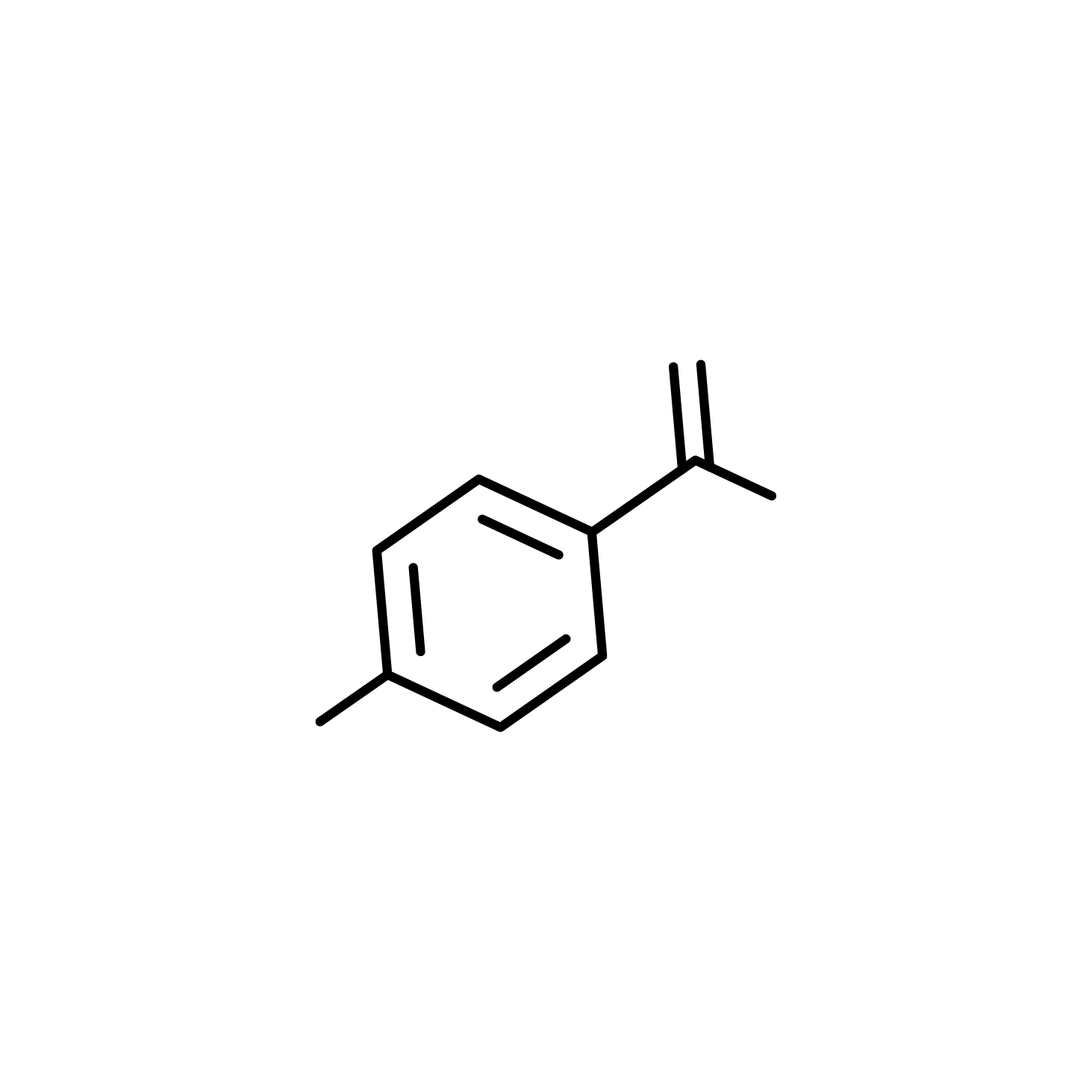
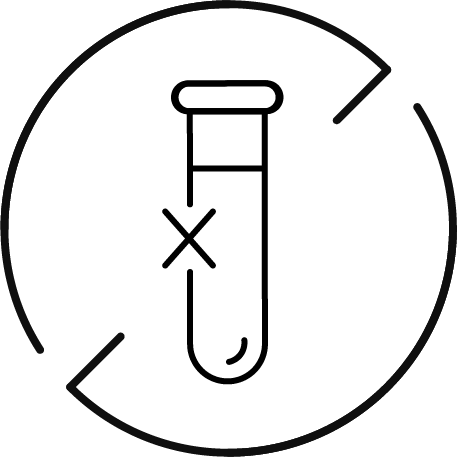

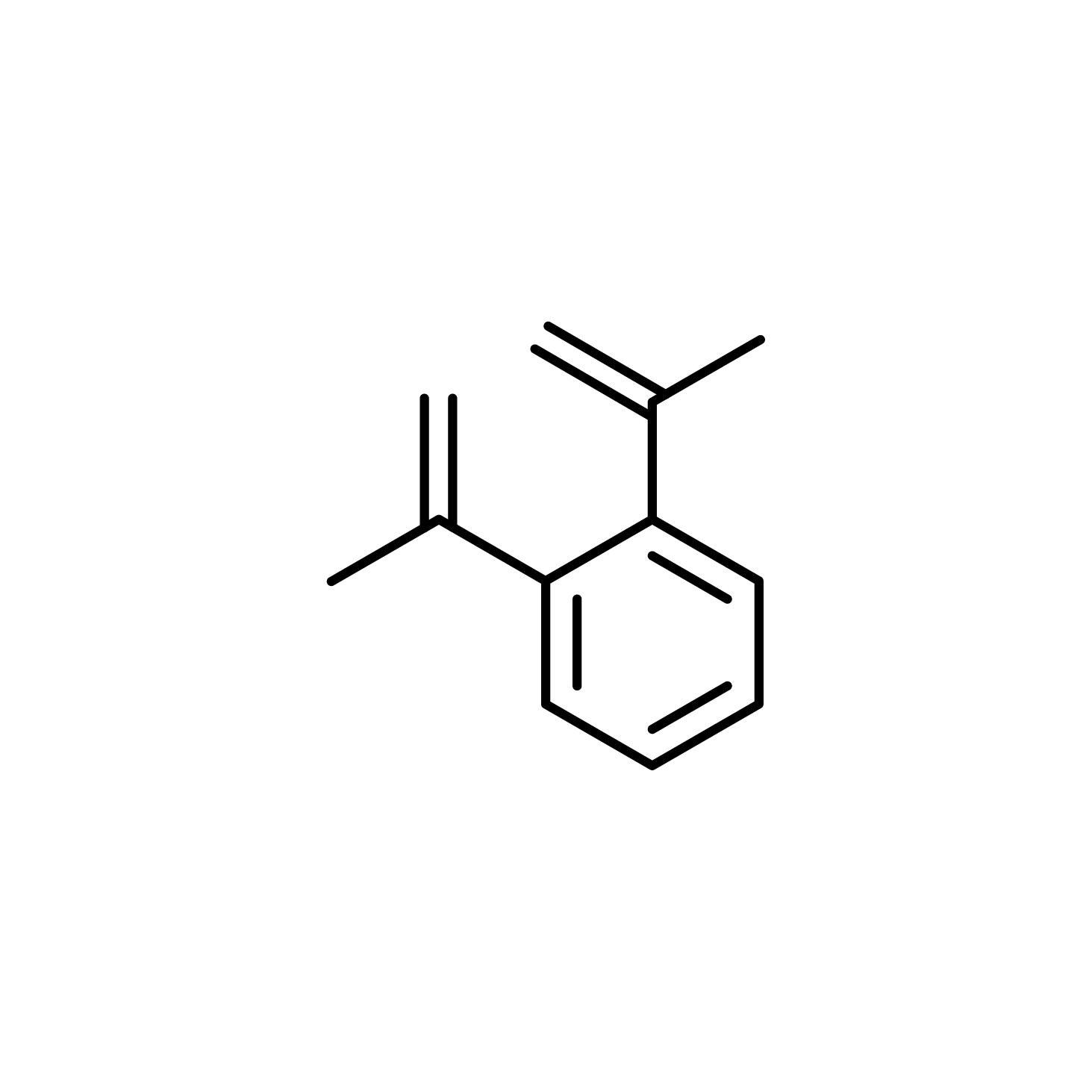

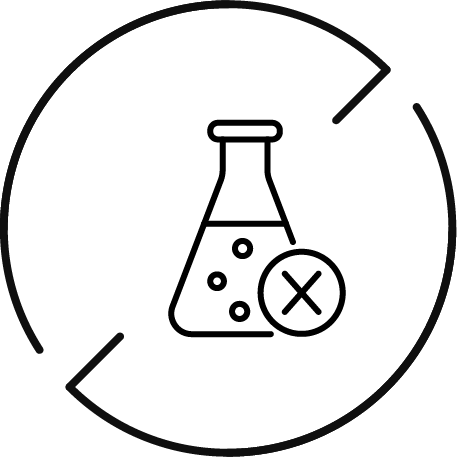

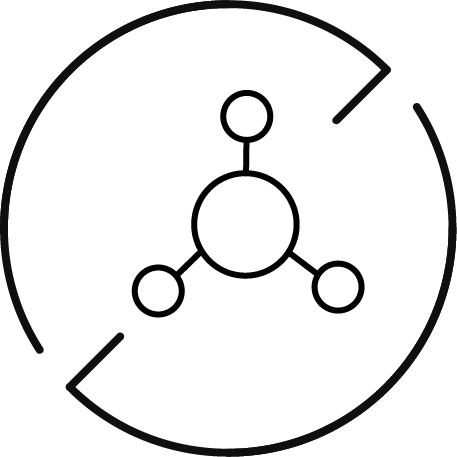
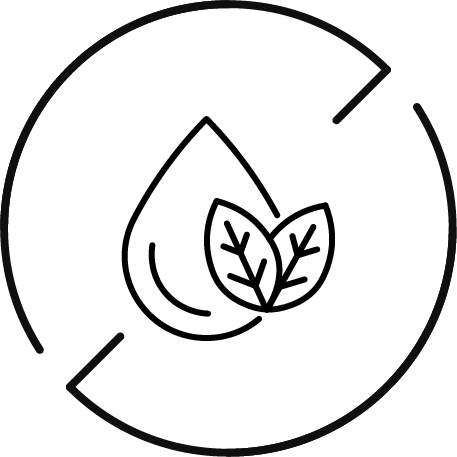

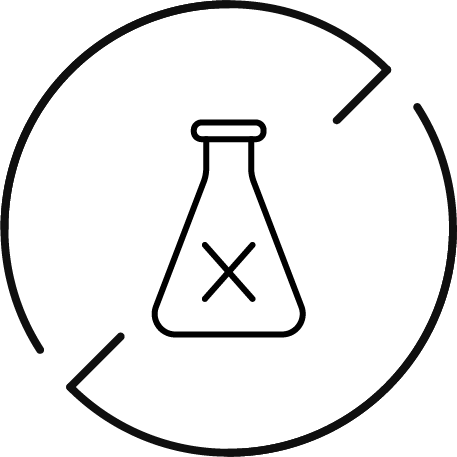























































































































INGREDIENTS
NATURAL INSPIRATIONS
We methodically assess each of our ingredients for health + safety.
You’ll notice we’ve provided a EWG (Environmental Working Group) rating for each ingredient listed. EWG is a non-profit, non-partisan organization dedicated to protecting human health and the environment. Their mission is to empower people to live healthier lives in a healthier environment. EWG has developed a rating system for cosmetics and personal care ingredients to help people find safer products, with fewer ingredients that are hazardous or that haven't been thoroughly tested. EWG combines ingredient information from more than 50 standard toxicity and regulatory databases. They rate ingredients on a scale of 0-10 to reflect known and suspected hazards of ingredients. Ratings are: 0-2 Low Hazard; 3-6 Moderate Hazard; 7-10 High Hazard.
Nearly every Natural Inspirations ingredient is in the 0-2 range of hazard – one of the BEST in the industry.
For those few that exceed a 2, we have chosen the best ingredient available for reasons of efficacy, consistency and safety.
A-B
(EWG Rating: 1)
Blue Agave has powerful age-defying and anti-bacterial properties that make it a popular skincare ingredient. Rich in fructans and enzymes, it is very effective in treating acne.
(EWG Rating: 0)
A natural chemical compound, Allantoin is a soothing anti-irritant & skin protectant that increases the water content of the extracellular matrix which provides structural support to cells & is an important part of connective tissue. Allantoin also increases the smoothness of the skin; promotes cell replication; & promotes the healing of wounds, burns & scars.
(EWG Rating: 1)
Also known as Aloe; it is cold-pressed from the leaves of the aloe vera plant. It is a good source of vitamins, minerals & amino acids. Aloe is most known for its moisturizing & soothing properties.
(EWG Rating: 1)
Aloe Barbadensis leaf juice is extracted from the leaves of the plant Aloe. It has been used medicinally for several thousands of years in many cultures. It is considered one of nature’s most effective remedies for burns & skin irritations & can soothe skin & serve as an anti-inflammatory. It is also a superb hydrator for dry skin.
(EWG Rating: 1)
(EWG Rating: 1)
Arnica helps heal and decreases inflammation, relieves pain and soreness, helps to decrease bruising and risk of infections.
Use rows to highlight unique features,
sizing information,
or other sales information.
(EWG Rating: 1)
Plant-derived surfactant used as a cleansing agent + helps products to foam.
(EWG Rating: 6)
Behentrimonium chloride is a synthetic or plant-derived skin and hair conditioning agent and emulsifier.
(EWG Rating: 1)
A clay derived from volcanic ash (which is purified before becoming a cosmetic ingredient) that is most famously used as an oil-absorbing agent. It also functions as a thickener, emulsion stabilizer, and opacifying agent.
It is helpful for oily skin but can be drying for other skin types (when used in high amounts).
(EWG Rating: 5)
A naturally-occurring organic compound used as a solvent + preservative.
(EWG Rating: 3)
Benzyl Salicylate is a fragrance modifier, and also a very good fixative. Very faint sweet floral/jasmine note.
(EWG Rating: 0)
A natural fat obtained from the fruit of the African karite tree. Shea butter is an intense moisturizer high in fatty acids + other nutrients + is an ideal ingredient for skin moisturizers.
C
(EWG Rating: 1)
It has long been used topically to treat skin ulcers, infected wounds, diaper rash, eczema, varicose veins, hemorrhoids, periodontitis and conjunctivitis.
(EWG Rating: 1)
Paired with its ability to support the care of wounds, Calendula Oil soothes inflammation and irritation, making it ideally suited for facial and body care.
(EWG Rating: 0)
This essential oil’s sweetly seductive aroma is renowned as an aphrodisiac. It has a sweet, soft, floral, yet slightly spicy scent.
(EWG Rating: 1)
Composed of coconut oil-derived glycerin, it is considered an excellent emollient + skin-repairing ingredient in cosmetics due to its mix of fatty acids. Skin can utilize to help repair its surface + resist moisture loss.
(EWG Rating: 0)
An emollient ester derived from coconut oil with good lubricating & spreading properties to help products glide on the skin.
(EWG Rating: 1)
Carnauba wax is extracted from the leaves of the carnauba palm, Copernicia cerifera, a plant native to Brazil.
(EWG Rating: 1)
Cera Alba (or beeswax) is obtained from honeycomb of the genus Apis. It is mainly used as an emulsifier, and emollient in cosmetics and as a fragrance in soaps and perfumes.
(EWG Rating: 1)
A blend of natural emulsifiers derived from vegetable & corn oil that has an emollient effect on the skin.
(EWG Rating: 1)
The ester of cetearyl alcohol & the fatty acids derived from olive oil that helps blend ingredients together in cosmetic solutions – usually ones with moisturizing properties.
(EWG Rating: 6)
A chemical compound used as a surfactant, preservative, and antistatic agent in many personal care products.
(EWG Rating: 1)
The ester of cetearyl alcohol & the fatty acids derived from olive oil that helps blend ingredients together in cosmetic solutions – usually ones with moisturizing properties.
(EWG Rating: 1)
Charcoal Powder is a dried, carbonaceous material obtained from the heating of organicsubstances. Charcoal has unique absorption properties.
Use rows to highlight unique features,
sizing information,
or other sales information.
(EWG Rating: 3)
An unsaturated aldehyde, commonly known and preferred for its distinct, acceptable, and lemon-like pleasant odor. Citral is a main component of citrus fruit's peel oil.
(EWG Rating: 2)
Commonly found in citrus fruits, citric acid is used to normalize pH levels in body care products.
(EWG Rating: 2)
Obtained from the peel of nearly ripe fruit of the Bergamot tree, its aroma is reminiscent to that of orange, but is more complex with an underlying floral characteristic. It can help with depression and promote focus + clarity.
(EWG Rating: 0)
A natural essential oil known for its strengthening, refreshing + stimulating properties. An anti-inflammatory, antibacterial and antifungal used for its uplifting scent + purifying properties.
(EWG Rating: 1)
Extracted from the peel of the grapefruit. When inhaled, its uplifting scent can help curb headaches, mental fatigue + depression.
(EWG Rating: 1)
Cocamide MIPA is a mixture of isopropanolamides of Coconut Acid. It's a surfactant, emulsifier, and foam booster.
(EWG Rating: 1)
Naturally derived from coconuts, cocamidopropyl betaine is a gentle cleansing and lather ingredient.
(EWG Rating: 0)
A very mild surfactant derived from the fatty acids of coconut oil. It is a mild cleanser and conditioner that also boosts foam + reduces static without stripping away natural oils from the skin.
(EWG Rating: 0)
Cold-pressed from the fruit of palm trees, this rich emollient is light and non-greasy. It is a great moisturizer + serves as a protective layer on the skin, helping to retain the moisture.
D-G
(EWG Rating: 0)
Cold-pressed from carrot seeds, it is rich in beta-carotene and Vitamin A, making it beneficial for healthy skin and hair. It helps stimulate cell renewal, increase circulation as well as repair + tone the skin.
(EWG Rating: 1)
Derived from coconut oil & corn sugar, it is a natural mild cleanser that produces a gentle, foamy lather -- perfect for sensitive skin.
(EWG Rating: 1)
It is considered an ideal additive forskin, hair, and perfumeproducts. It is a colorless liquid with out any discernible odor.
(EWG Rating: 0-2)
Obtained from the leaves, stems, flowers, seeds or roots of a plant, essential oils add fragrance to skin care products, as well as contribute to their healthful and beautifying qualities through their various abilities to tone, balance, relax, cleanse and invigorate.
(EWG Rating: 2)
A synthetic, colorless liquid that's used as a preservative and skin-softening agent in cosmetics and deodorants.
(EWG Rating: 0)
Essential oil with powerful antiseptic, antibacterial and anti-fungal properties. Steam distilled or macerated from the leaves + twigs of eucalyptus. It helps stimulate circulation, increase concentration and is useful to help relieve joint and muscle pains.
(EWG Rating: 1)
A type of wax derived from candelilla plants, often used in lip care products for barrier protection and emollience.
Use rows to highlight unique features,
sizing information,
or other sales information.
Geraniol is a naturally occurring scent ingredient found in various essential oils such as rose oil and citronella oil.
(EWG Rating: 2)
Derived from vegetable oil, glycerin is a rich humectant, emollient and lubricant which allows moisturizers to draw and absorb water from the air helping skin retain moisture.
(EWG Rating: 1)
A chemical compound that's used in cosmetics and personal care products to create a pearlescent effect and it's also used as a moisturizer.
H-I
(EWG Rating: 0)
Composed of various protein substances derived from vegetables, it is used as a water-binding agent. Applied topically in skin care products, it is an excellent hydrator, readily absorbed by the skin for improved texture.
(EWG Rating: 0)
Cellulose is a naturally occurring component found in the cell walls of plants and functions as a gelling + thickening agent in personal care products.
(EWG Rating: 1)
Iron oxides area common ingredient in skincare products, such as sunscreens, foundations, and concealers.They are used as pigments to add color and tint, and they can also help protect skin from the sun.
(EWG Rating: 1)
Composed of isopropyl alcohol and myristic acid, a common, naturally occurring fatty acid. Functions to reduce the greasy feel caused by the high oil content of other ingredients in a product. Believed to have strong skin penetrating properties and can help strengthen the skin’s natural moisture barrier.
(EWG Rating: 0)
Derived from palm oil, this formulation easily penetrates the skin to help soften and moisturize.
L-N
(EWG Rating: 1)
A mild, amphoteric surfactant possessing excellent foaming and cleansing properties.
(EWG Rating: 1)
Derived from coconut, lauryl glucoside is a non-ionic surfactant that can be used as a foaming agent, conditioner or emulsifier. It has excellent foaming capacity and is ideal for use as a base surfactant or a co-surfactant in cosmetic surfactant cleansing preparations.
(EWG Rating: 0)
The essential oil comes from the fresh lavender-colored flower tops of the Lavender plant. It is known for its aroma therapeutic, balancing and soothing fragrance, which has a calming effect on the nervous system. Added to skin care products for its soothing and antiseptic properties & pleasant fragrance.
(EWG Rating: 1)
Lavandin is a natural hybrid of true lavender. The essential oil is obtained by distillation of the flowers which have soothing and sedative properties. Lavender is considered soothing to stressed skin, with an aroma rejuvenating to mood. It also has softening, refreshing, toning and antiseptic qualities.
(EWG Rating: 3)
A terpenoid alcohol that occurs naturally in many plants, flowers, and spices. It has a pleasant, floral scent.
(EWG Rating: 0)
A natural essential oil obtained from the peppermint plant, Mentha Piperita is one of the oldest & most highly regarded oils with a strong, clean, fresh, minty aroma that can help improve concentration and mental accuracy. The fresh-smelling, cooling oil is commonly used in soaps and skin creams and has a warming effect that can help relax sore, tired muscles.
(EWG Rating: 1)
Offers rejuvenating properties for skin and hair and is often preferred as a stabilizer or carrier oil in essential oil blends due to its long shelf life and resistance to oxidation.
(EWG Rating: 4)
(EWG Rating: 1)
Mica is a type of highly brittle silicate minerals with diverse chemical composition; typically used as a colorant.
(EWG Rating: 0)
An annual flowering plant, native to southwest Asia, the flowers are delicate, and the fruit is a large and inflated capsule filled with seeds. Its oil has been used to treat skin conditions and is thought to protect healthy cells and is considered a powerful anti-oxidant – among the highest of all plant oils.
P
COMING SOON
(EWG Rating: 1)
Polysorbate 20 (Tween 20) is a surfactant and emulsifier used in cleaners and personal care products.
COMING SOON
Use rows to highlight unique features,
sizing information,
or other sales information.
Use rows to highlight unique features,
sizing information,
or other sales information.
(EWG Rating: 1)
Sometimes referred to as Pantothenic Acid, Vitamin B-5 is a natural skin hydrator and works as a humectant, by infusing water in the cells, retaining moisture deep within the skins’ tissues.
(EWG Rating: 4)
Derived from sage essential oil; safe and effective non-formaldehyde preservative that ensures shelf life and product safety. It has properties that make it useful for skin protection as well as providing healing factors.
(EWG Rating: 0)
A non-irritating ingredient used in the formulation of personal care products that helps moisturize skin and provides an elegant after-feel in skin care products. It also helps protect by restoring skin’s barrier function.
(EWG Rating: 3)
Derived from naturally occurring unsaturated fatty acids, it is a safe and effective, non-formaldehyde preservative.
(EWG Rating: 0)
Derived from apricot seeds; smoothes, softens and protects. In skin care products, this emollient is a natural alternative to mineral oil, adding good lubricity to products. It is rapidly absorbed and helps skin retain elasticity, clarity + suppleness.
(EWG Rating: 0)
The powder from the seeds of the apricot is widely used for mild exfoliation in cosmetic products. It works wonderfully as a mild exfoliating scrub for the skin. The unique characteristics of the seed, when ground up, forms spheres so it is more gentle on the skin than other seeds used as exfoliating elements in skincare products.
(EWG Rating: 0)
Derived from the fruit of a plant native to northern Africa, its high polyphenol content makes it a powerful antioxidant. The oil’s remarkable ability to nourish, moisturize and improve skin elasticity makes it effective in treating dry and maturing skin.
R-S
(EWG Rating: 0)
Derived from the leaves of the evergreen rosemary shrub, this ingredient has an herbaceous, woody, sharp, camphor-like scent. It balances intense emotions, controls mood swings, counters depression & can help manage stress, as well as ease muscle and joint pain. Its best known use as a facial oil for extremely dry skin, but it is also found in products for oily skin and acne.
(EWG Rating: 0)
High in saponins, Soapwort is a natural cleansing agent used in soaps for its lathering properties with anti-inflammatory and antioxidant properties. The sapogenin is hydrophobic (water hating) and the glycoside or carbohydrate is hydrophilic (water loving) making saponins a natural surfactant as well as a mild emulsifier.
(EWG Rating: 1)
A synthetic inorganic salt also known as baking soda. It has many functions in cosmetics and body care, including pH adjuster, buffering agent, and abrasive, such as in face or body scrubs.
(EWG Rating: 0)
A naturally derived salt of the skin-identical ingredient hyaluronic acid, Sodium Hyaluronate is a powerful humectant providing superb hydration making it an excellent ingredient in skin care.
(EWG Rating: 1)
An extremely mild cleanser that can be used as a primary or secondary surfactant by creating a dense, luxurious foam and imparting an elegant after-feel. It has excellent water solubility properties, making it a good choice for clear liquid cleansing systems making them sulfate-free.
(EWG Rating: 2)
(EWG Rating: 3)
Used in cosmetics and personal care products because of its ability to absorb water and is primarily used as a thickening agent.
(EWG Rating: 0)
A natural emulsifier and surfactant derived from olive oil. It reduces skin water loss, has a high moisturizing effect, is hypoallergenic and bio-mimics the skin.
(EWG Rating: 0)
Derived from fruits and berries; humectant (attracts and holds moisture), gives velvety feel to the skin. It prevents moisture loss by pulling water from the air, hydrating skin.
T-V
(EWG Rating: 1)
This natural form of Vitamin E is one of the most effective antioxidants. Derived from vegetable oils; heals, rejuvenates, softens, soothes and protects. Its moisturizing and restorative qualities make it an important component of many skin care products including anti-aging creams and lotions.
(EWG Rating: 0)
Naturally-derived chelating agent that improves the efficacy of preservatives and antioxidants and play a crucial role in the stability and efficacy of personal skin care products.
(EWG Rating: 2)
A mineral-derived blue pigment composed of sodium, aluminum, silicate and sulfate; may be produced synthetically.
(EWG Rating: 0)
Native to the higher altitudes of North America, cranberries are a group of evergreen dwarf shrubs or trailing vines found in acidic bogs throughout the cooler regions. Cranberry oil is high in antioxidants and is used as a highly nourishing and moisturizing ingredient. It is ideal for anti-aging products, as antioxidants help to eliminate free radicals which cause oxidative stress leading to premature aging.
(EWG Rating: 0)
Extracted from grape seeds after the fruit is juiced, this oil is rich in antioxidants, vitamins, minerals, protein and Vitamin E. This oil is easily absorbed by the skin and is a nourishing addition to lotion, cream, lip balm for dry, damaged or aging skin. Grape seed oil is noted for its great skin moisturizing properties as well as regenerative and restructuring benefits.
X-Z
(EWG Rating: 0)
Derived from natural carbohydrates, it is used to thicken and provide soothing properties to lotions, creams and gels.
(EWG Rating: 0)
Derived from the root of a ginger plant, it has a peppery, sharp, aromatic, warm and spicy odor. Inhaling Ginger is used in lotions for its calming, soothing effect and has anti-inflammatory properties.
Supports Skin Health
OUR INGREDIENT PHILOSOPHY
Did you know your skin is your body’s largest organ? As delicate as it is resilient, your skin is your first line of defense against the elements. Its condition is directly tied to your overall health + it needs to be fed, nourished + protected.

